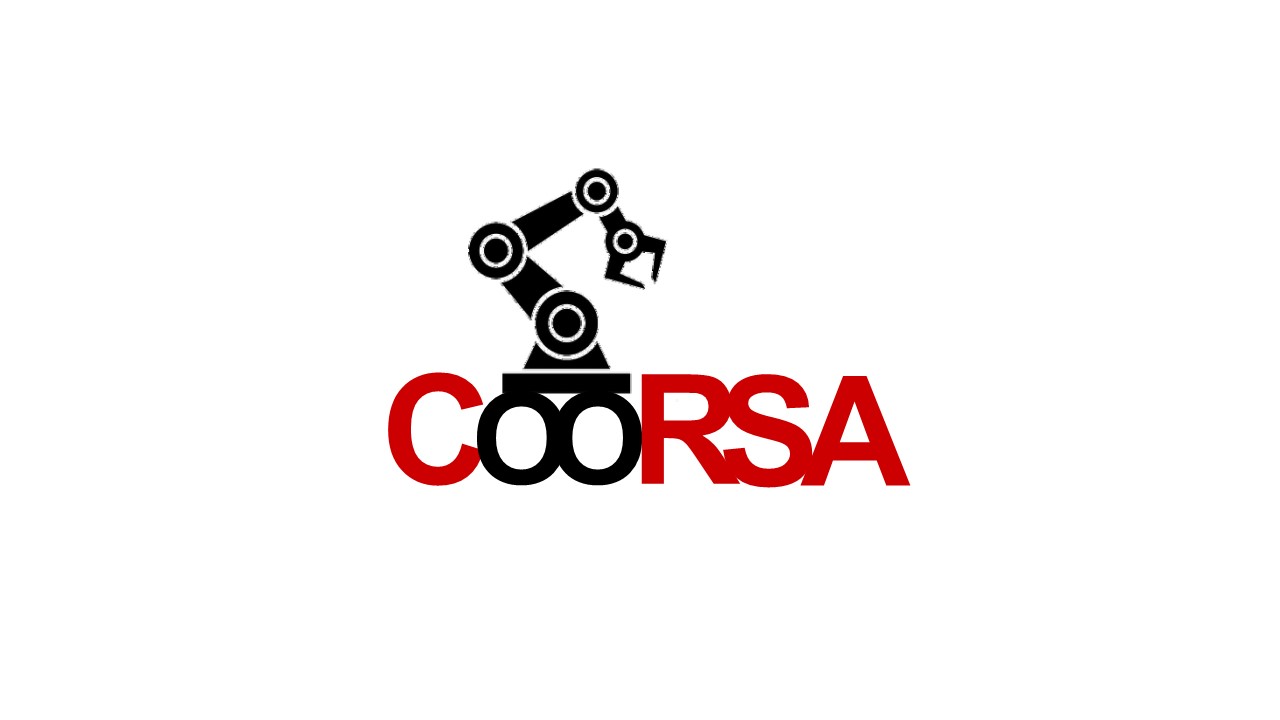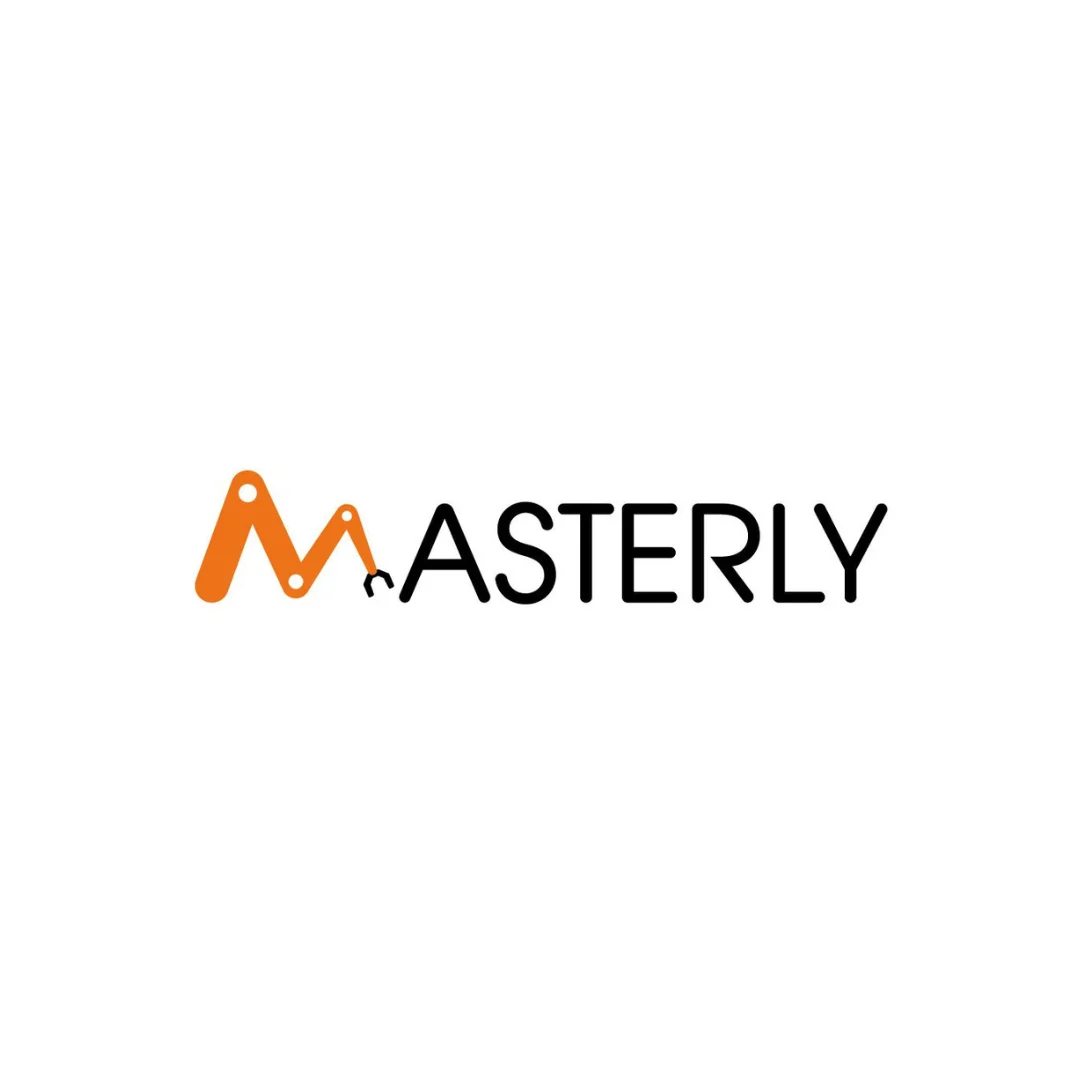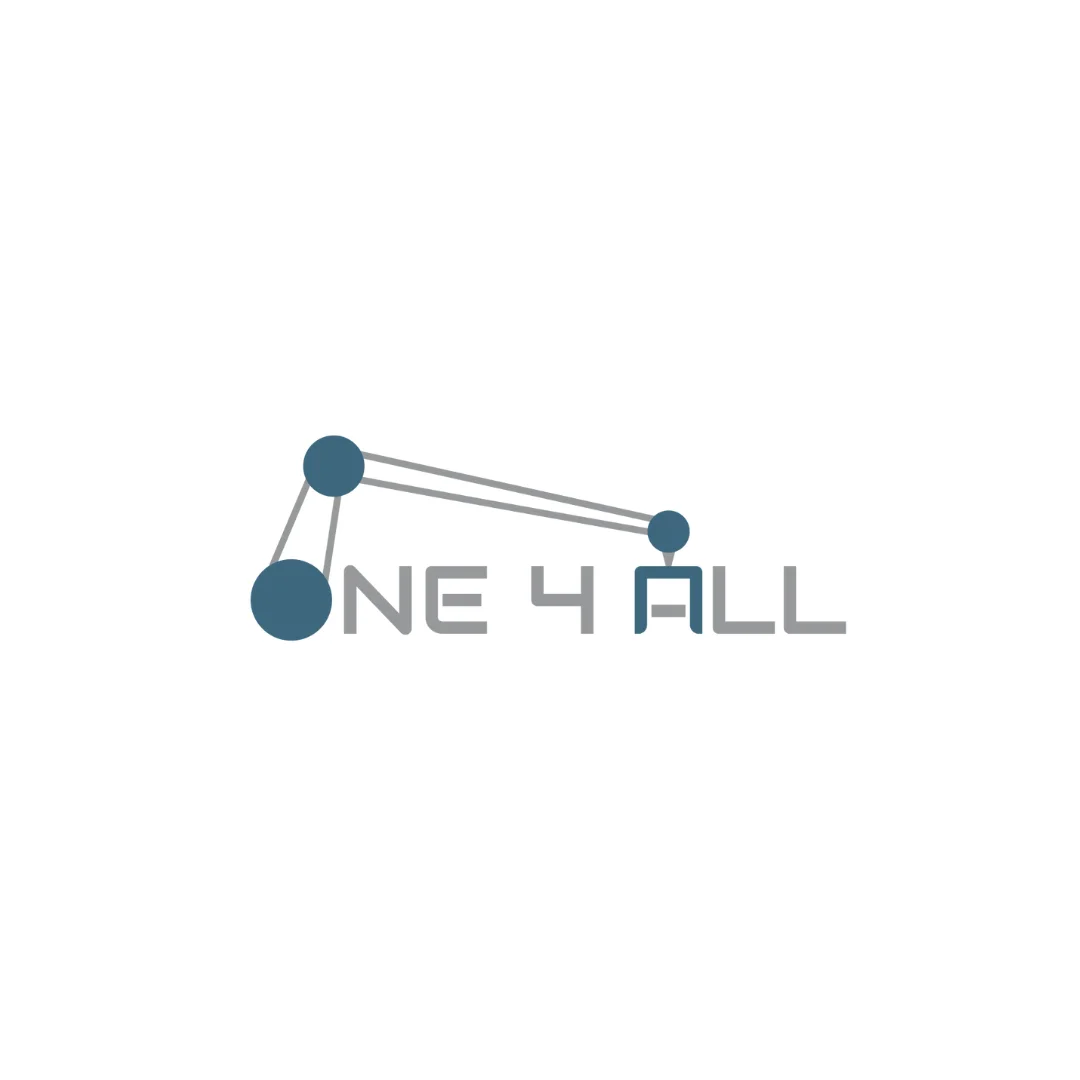07/01/19 – 06/31/21 (24 months)
1.118.463,75 €
POR FESR 2014-2020 Emilia Romagna
ASSE 1, AZIONE 1.2.2
UNIMORE – INTERMECH – MO.RE
Automation and robotics in industry are constantly evolving. In fact, collaborative robots represent one of the major changes in industrial robotics as they allow assisting human operators in heavy and repetitive tasks and reducing occupied spaces.
The need for mobile and collaborative robots in modern factories is growing, but despite the already significant presence of commercially available mobile manipulators and efficient methods and technologies for their localization, the methodologies for the development of industrial applications that fully exploit their versatility are still in an embryonic state, even from an academic research point of view. The main problems to be solved are certainly the integrated planning of the displacement tasks of the mobile base and of the arm manipulation and the equally integrated management of safety issues for the operators. Preliminary results in this sense, obtained in the course of European projects such as VALERI, STAMINA, FIRST-MM, must still be studied in depth and adapted to relevant production contexts. The COORSA project aims to solve these problems and integrate artificial intelligence algorithms to allow the task to be generalized within the developed system
Targets
The COORSA project intends to develop a concept and a prototype that demonstrate the possibility of integrating the work of human operators with collaborative manipulator robots on mobile platforms safely and independently, in order to improve the work experience of human operators and safety on the lines productive and logistic in modern factories.
The project prototype (P-COORSA) will carry out two use cases for a TRL 6, sufficiently generalizable so as to be able to subsequently allow local companies to develop technologies that can be easily extended in industrial development projects.
(A) Assembly of a mechanical component
- P-COORSA locates itself independently in the work environment.
- It moves independently at the part (component) that must work.
- It recognizes the scene in which it must work to extract the operational characteristics that will be used for task planning.
- Performs the manipulation operation for assembly using a mobile base, an anthropomorphic arm and pliers in collaboration with the operator who will carry out the most complex parts of the task.
(B) Manipulation of packages in the logistics field.
- P-COORSA locates itself independently in the work environment.
- It moves independently at the pallet from which to take the package.
- Recognizes the scene in which he must work to perform the neck-picking task.
- Performs the neck gripping operation, collaborating with the operator
These activities will allow to achieve the following results:
- Development of a methodology and technology to integrate a mobile platform with a manipulator arm able to move autonomously in an unstructured environment;
- Development of a perception and cognition system for the mobile robot;
- Development of a fine handling system with dexterity;
- Development of a robotic system that performs the task collaboratively with a human operator;
- Security of human-robot interaction.
COORSA is co-funded by the European fund for regional development (POR FESR 2014 – 2020) and by the Fund for development and cohesion (FSC).




